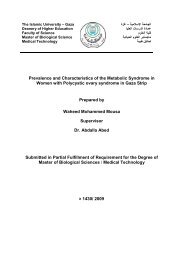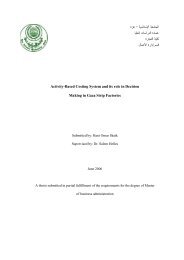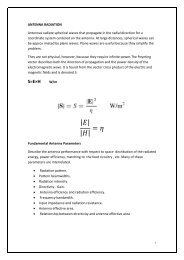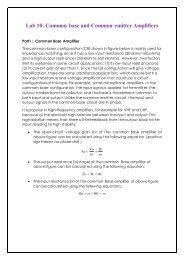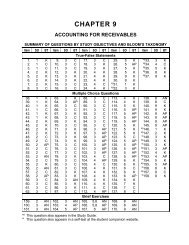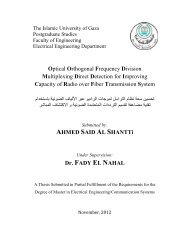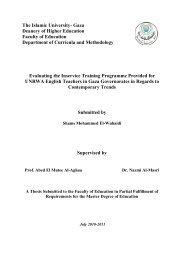A prActicAl guide Benchmarking in european Higher education
A prActicAl guide Benchmarking in european Higher education
A prActicAl guide Benchmarking in european Higher education
Create successful ePaper yourself
Turn your PDF publications into a flip-book with our unique Google optimized e-Paper software.
CONCEPTS AND PRACTICES OF BENCHMARKING<br />
In Europe, benchmark<strong>in</strong>g approaches <strong>in</strong> the higher <strong>education</strong> sector have<br />
developed from the mid-1990s at the national level, either as an <strong>in</strong>itiative<br />
launched by a national body, by one or a group of higher <strong>education</strong> <strong>in</strong>stitutions<br />
or by an <strong>in</strong>dependent body. These usually only <strong>in</strong>volved a small number<br />
of <strong>in</strong>stitutions and were on a voluntary basis. Transnational level exercises<br />
have so far been fairly limited. These benchmark<strong>in</strong>g exercises have adopted<br />
a mixture of quantitative, qualitative and processes-oriented approaches.<br />
The degree to which these were structured depends on experience and<br />
purposes.<br />
The ESMU European <strong>Benchmark<strong>in</strong>g</strong> programme (www.esmu.be) is an example<br />
of a transnational benchmark<strong>in</strong>g exercise which goes beyond the mere<br />
comparison of data by focus<strong>in</strong>g on the effectiveness of university-wide<br />
management processes. In a collaborative way, the programme works with<br />
small groups of higher <strong>education</strong> <strong>in</strong>stitutions towards the identification of<br />
good practices. The method was orig<strong>in</strong>ally developed from the one used for<br />
the Malcom Baldridge National Quality Award and for the EFQM European<br />
Excellence Model.<br />
What benchmark<strong>in</strong>g is not<br />
With so many efforts to def<strong>in</strong>e ‘benchmark<strong>in</strong>g’ and with so many other terms<br />
<strong>in</strong> the conceptual neighbourhood, there is ample room for misconceptions.<br />
Accord<strong>in</strong>gly, it may be useful to differentiate benchmark<strong>in</strong>g from ‘what it is not’.<br />
First, benchmark<strong>in</strong>g is not a mechanism for resource reduction (Camp 1990).<br />
Yet, after a benchmark<strong>in</strong>g exercise, resources may be redeployed <strong>in</strong> a more<br />
effective way to <strong>in</strong>crease <strong>in</strong>stitutional performance.<br />
Second, benchmark<strong>in</strong>g is not a panacea or programme. Ideally, it should be<br />
an ongo<strong>in</strong>g management process and have a structured methodology. Both<br />
will contribute to ensur<strong>in</strong>g impact of the benchmark<strong>in</strong>g activities. It also has<br />
to be flexible to <strong>in</strong>corporate <strong>in</strong>novative ways of obta<strong>in</strong><strong>in</strong>g the needed <strong>in</strong>formation.<br />
For that reason, a s<strong>in</strong>gle approach should not be expected.<br />
Third, benchmark<strong>in</strong>g is not a cookbook that requires only look<strong>in</strong>g up <strong>in</strong>gredients<br />
and us<strong>in</strong>g them for success. On the contrary, benchmark<strong>in</strong>g is a discovery<br />
process and a learn<strong>in</strong>g experience.<br />
44 A Practical Guide - <strong>Benchmark<strong>in</strong>g</strong> <strong>in</strong> European <strong>Higher</strong> Education




